Augmentative and Alternative Communication (AAC) describes a range of strategies and tools to help people who struggle with speech. These may be letter or picture boards or computer-based systems. AAC helps someone to communicate as effectively as possible, in as many situations as possible.
More coming soon.
The Committee has contributed to the IALP book publication Addressing Communication Disorders in Unserved and Underserved Populations, authored by members of the Association, celebrating 100 years of the IALP by presenting ideas to assist all those who work with children and adults who have difficulty in communicating or swallowing in order to improve services for unserved and underserved communities.
It offers strategies to address disorders and conditions that affect many areas of everyday life and which are exacerbated by lack of adequate health, education and social services.
The book chapter is free for download here:
Augmentative and Alternative Communication in Underserved or Unserved Populations
A speech and language therapist (or speech and language pathologist) assesses the type and severity of the communication disability for eachindividual with aphasia. The assessment will determine the person’s communication needs and goals. The speech and languagetherapist/pathologist will measure different aspects of language use and determine what challenges the language and communication problemswill have on typical daily activities.If theperson with aphasia has a history of bilingualism or multilingualism, efforts should be made to assess all the languages known by the personby involving an interpreter or family members and friends. Guidelines on working with interpreters can be found inthe Suggested Readingssection below.An aphasia assessment will cover how well the person can;
Speech and language therapy helps the recovery of people with ap hasia. Depending on the information gathered during these assessments, the therapist will understand what language and communication difficulties the person is having and what their communication need s are. This information helps to plan therapy. Usually, a therapy plan that matches the specific communication needs of the person with aphasia is developed. Therapy sessions may be individual or in groups. The treatment program may also involve training and advice for communication partners to enable effectiv e communication. Screening and referral for problems with mood, and support for general wellbeing may also be provided. There are many approaches to aphasia therapy. In general, no one approach is better than the other. Computer softwa re is frequently used to support language and communication rehabilitation practice. Community level aphasia support and long - term rehabilitation programs exist in many countries, often managed by voluntary and not for profit organisations.
Aphasia affects people differently. Some common issues for individuals include:
For some people with very mild aphasia the symptoms may completely resolve. For others with moderate or severe aphasia the symptoms may persist for months, years or be lifelong. Improvements in communication can occur even several years after the brain injury. Research is ongoing to identify the key elements, for example, age or initial aphasia severity, that can be used to predict who will make a significant versus a poor recovery from aphasia.
No. When persons who were bilingual or multilingual speakers experience a phasia after a brain injury, they generally recover their languages in parallel. Their aphasia symptoms are similar in both languages and may recover these languages to the same extent as before the brain injury. However, many other recovery patterns may a lso occur; unequal recovery of the languages known by the person before the brain injury, different aphasic symptoms in different languages, or unusual use of the languages, such as involuntary language “mixing”.
Communication is a vital human activity. Aphasia has a substantial impact on the individual and their family. People may feel socially disconnected and emotionally uncomfortable about their communication difficulties. People with aphasia will struggle to c ommunicate with family, healthcare professionals and the community. Many people with aphasia become isolated from their friends, experiencing extreme loneliness , anxiety or depression. Others may experience negative attitudes, or unskilled communication pa rtners. Family members are often required to take on new roles in place of the person with aphasia. In addition, family members may also be required to act as a kind of translator fo r the individual with aphasia. These additional responsibilities, along wi th changed relationships and roles, can create considerable carer burden. Health practitioners need to be aware of and seek to manage mental health issues and support needs in people with aphasia and their significant ot hers.
The type or complexity of the language being used, and the level of social or communication support in the environment can ma ke a difference in how much someone with aphasia can take part in communication activities and feel socially connected. To support participation and a sense of connection, we can alter the communication environment to facilitate everyday interactions. When speaking with people with ap hasia, try to support their communication. The speech therapis t may be able to advise you on how best to do this.
Yes. Attitudes to the language disability associated with aphasia and perception and engagement in clinical services may be s haped by the cultural background of the person with aphasia and their relatives an d friends. For example, in some cultures the aphasia experienced by a person may be considered a “punishment from God” or “an evil spiri t” thus minimizing client or family motivation to seek therapy. Similarly, rather than seeking professional services, re latives may take a person with aphasia to a local healer or use home remedies to help recovery. It is important to bear in mind, however, that culturally - shaped behaviours and attitudes are not equally shown among all members of an ethnic group. While some people may be very conservative in their cultural attitudes and beliefs, others may have different perceptions shaped by other cultural influences.
The AAC Committee is currently undertaking 3 key activities:
Developing the AAC conference preparations work into an article for submission, led by Sally Clendon (NZ).
Sub-group exploring the best and most fruitful way to signpost AAC on this website, led by Nika Jelenc (SLO).
Supporting WHO – AT by reviewing their suggested module content for AAC + AAC product list, momentarily led by Janice Murray (UK).
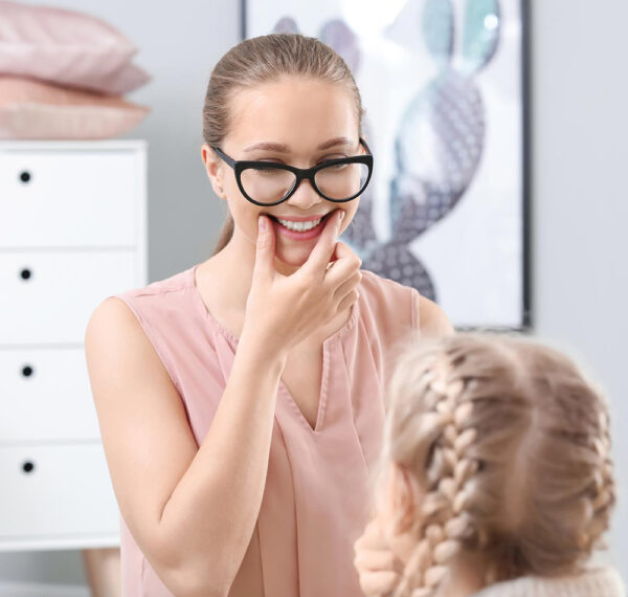

The biosketch for this committee member is not yet available.
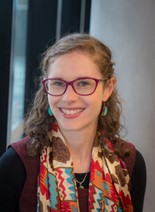
The biosketch for this committee member is not yet available.
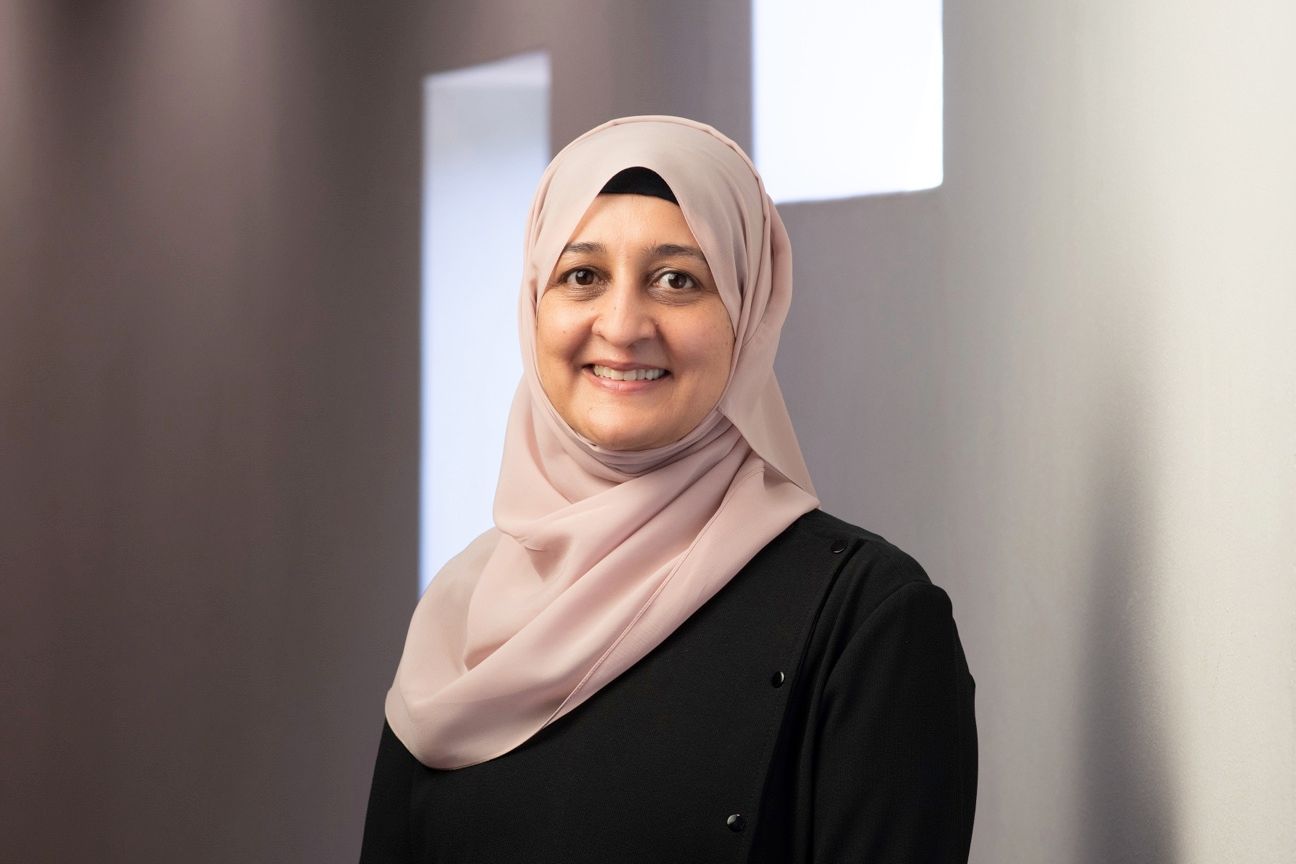
I became an IALP member to collaborate with researchers and clinicians in order to collectively mobilise support for persons who require AAC and their families.
Shakila Dada, AAC Committee member, South Africa
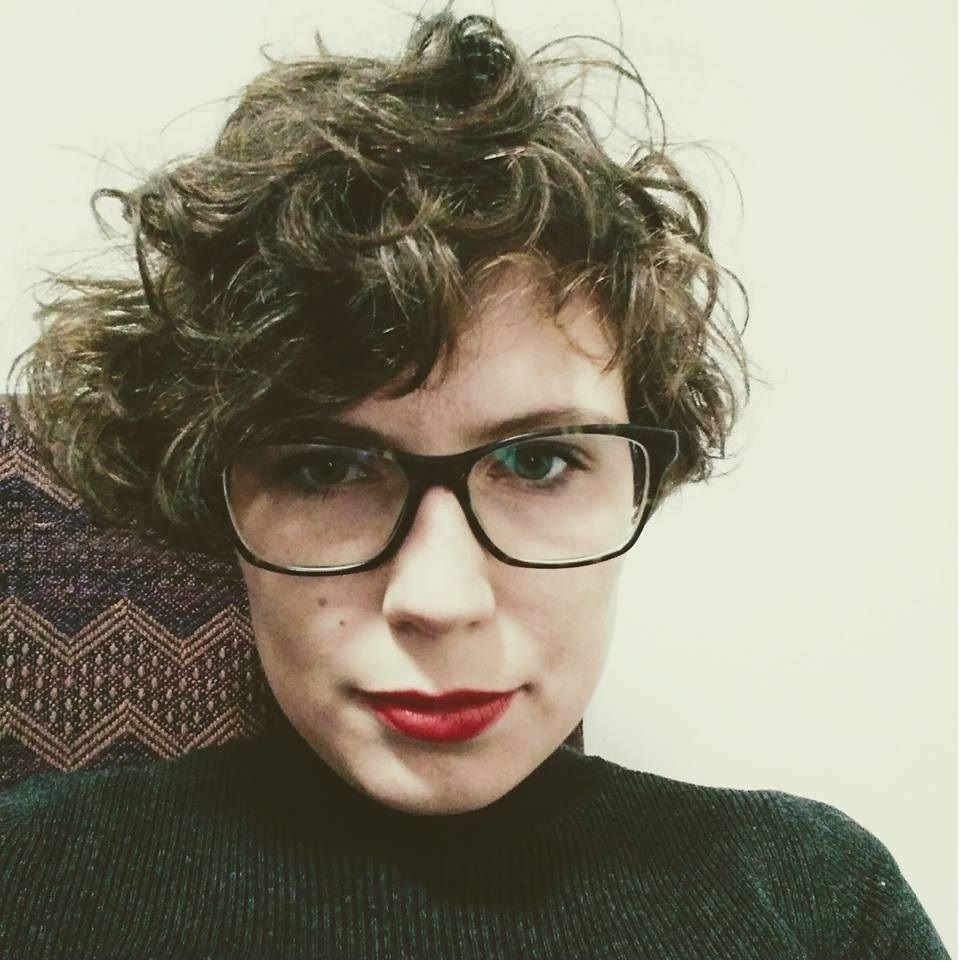
As a member of IALP, my main focus is to collaborate with professionals who share my passion for Augmentative and Alternative Communication (AAC). Being part of this organization has broadened my research and practical knowledge. By sharing insights and collaborating across borders, we can make a significant impact on a national level.
Nika Jelenc, SLT, AAC Committee member, Slovenia
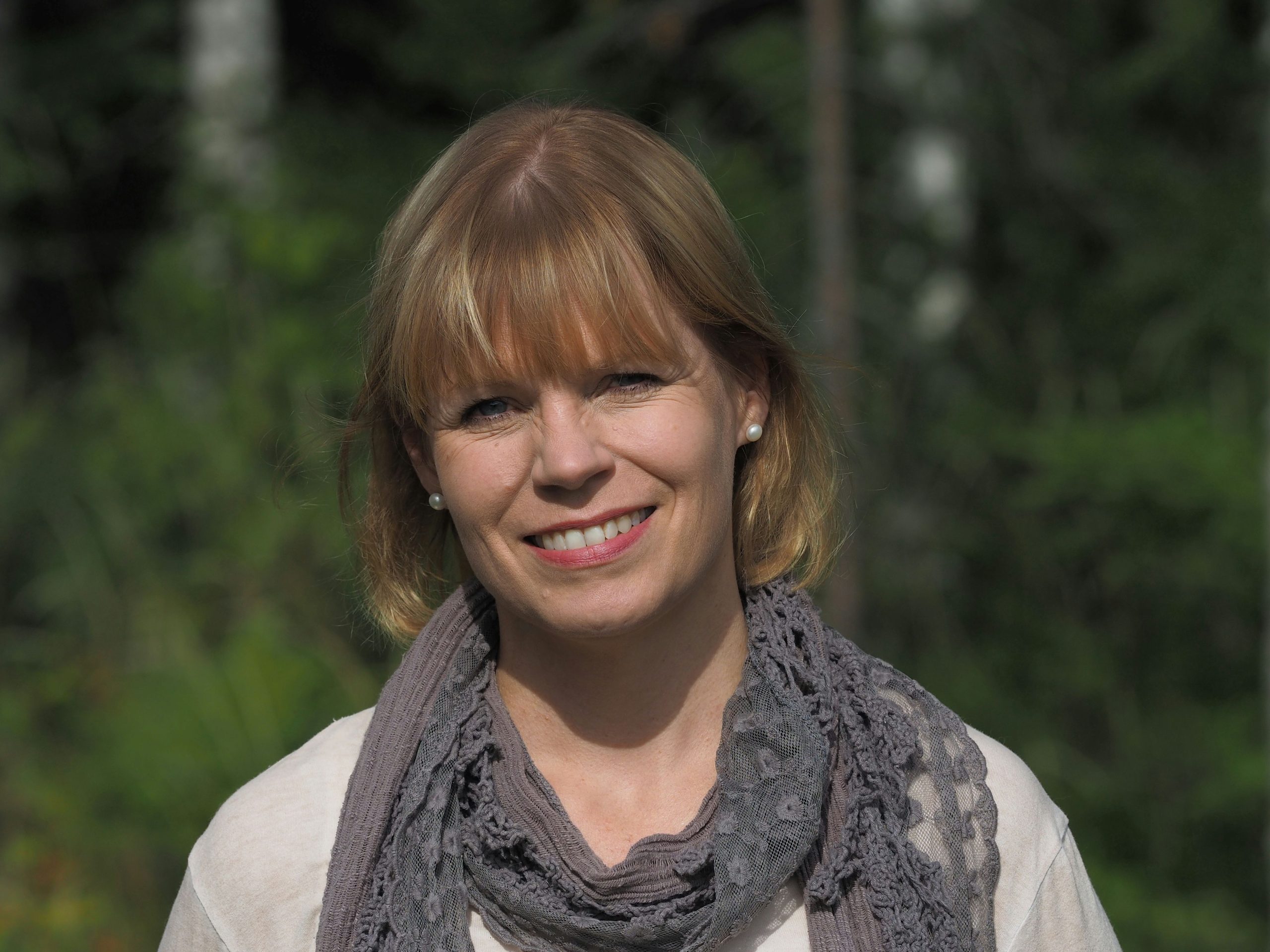
As a member of IALP, my aim is to advance research, knowledge and clinical practices for individuals who use augmentative and alternative communication (AAC) and their communication partners. Collaborating with professionals nationally and internationally provides a possibility to broaden knowledge and develop new perspectives into the continuously developing field of AAC.
Kirsi Neuvonen, PhD, SLP, AAC committee member, Finland
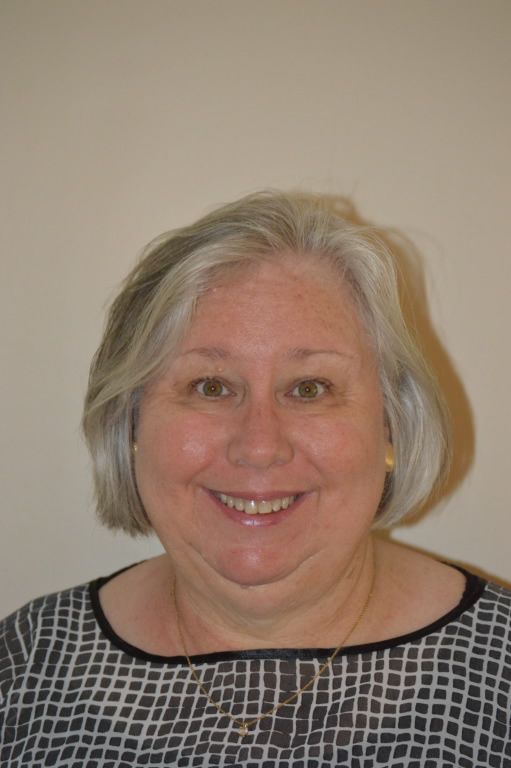
As a speech-language pathologist, I joined IALP because I value international collaboration. Most importantly, I joined to assist in highlighting the importance of Augmentative and Alternative Communication (AAC) to the broader IALP membership.
MaryAnn Romski, PhD, CCC-SLP, Committee member, USA
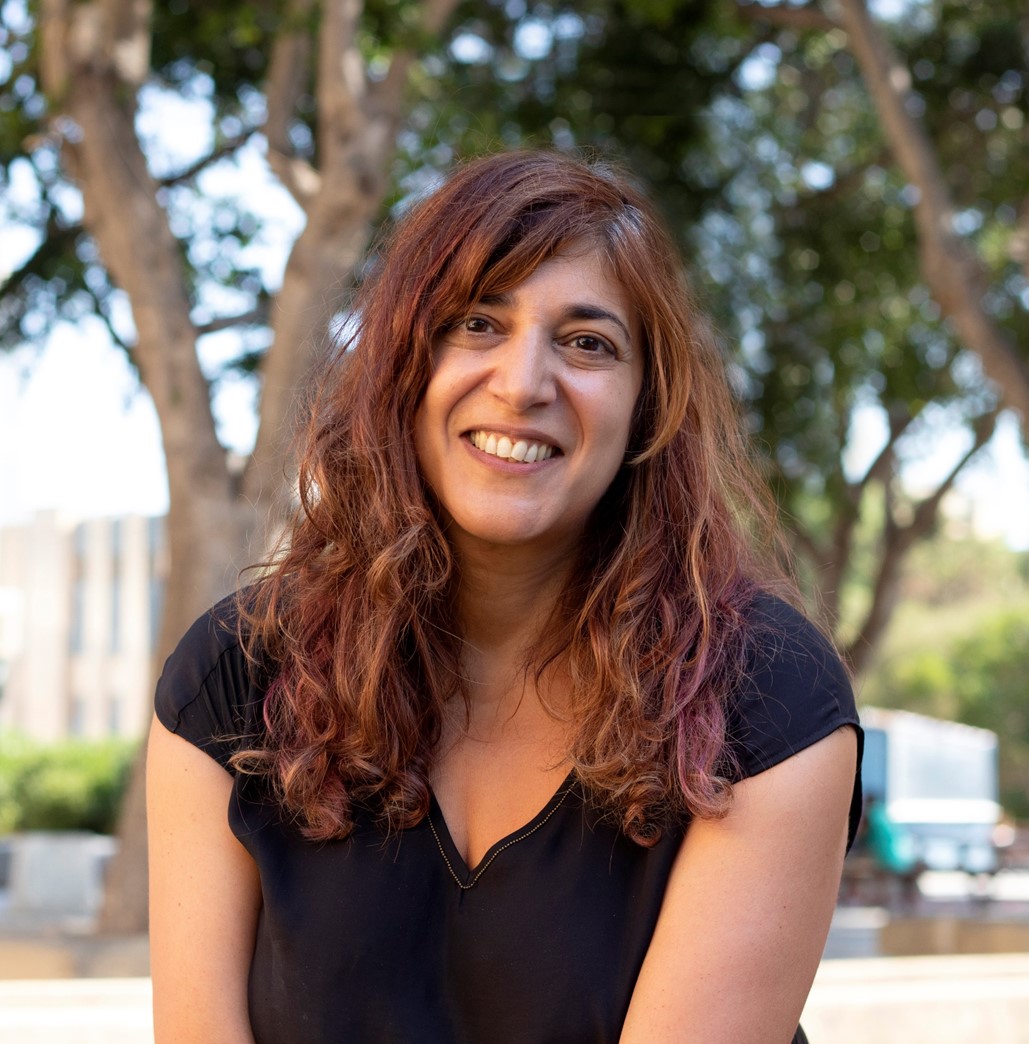
The biosketch for this committee member is not yet available.
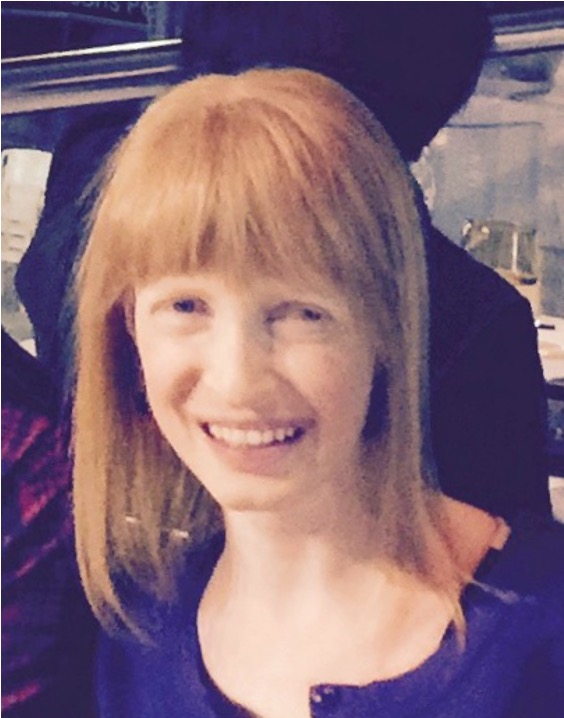
The biosketch for this committee member is not yet available.
Through IALP I hope to share with others the successes I’ve had using and developing AAC over the past 40 years. Without the knowledge and discussion with others, I would never have been able to do this. Being a part of organisations such as ISAAC (International Society for Augmentative and Alternative Communication) and IALP provide excellent opportunities to do this.
Hans van Balkom, AAC Committee member, the Netherlands
The biosketch for this committee member is not yet available.
© 2024 IALP, All rights reserved | Master Privacy Policy | Cookie Policy
An individual enrolled for part- or full-time study for preregistration, undergraduate or postgraduate studies directly related to the field of human communication disorders and sciences at a formal education institution. Students must provide official evidence of enrolment at the time of joining the Association and/or registering for a congress/composium.
On behalf of the IALP I would like to thank you for considering membership in our global organisation of professionals.